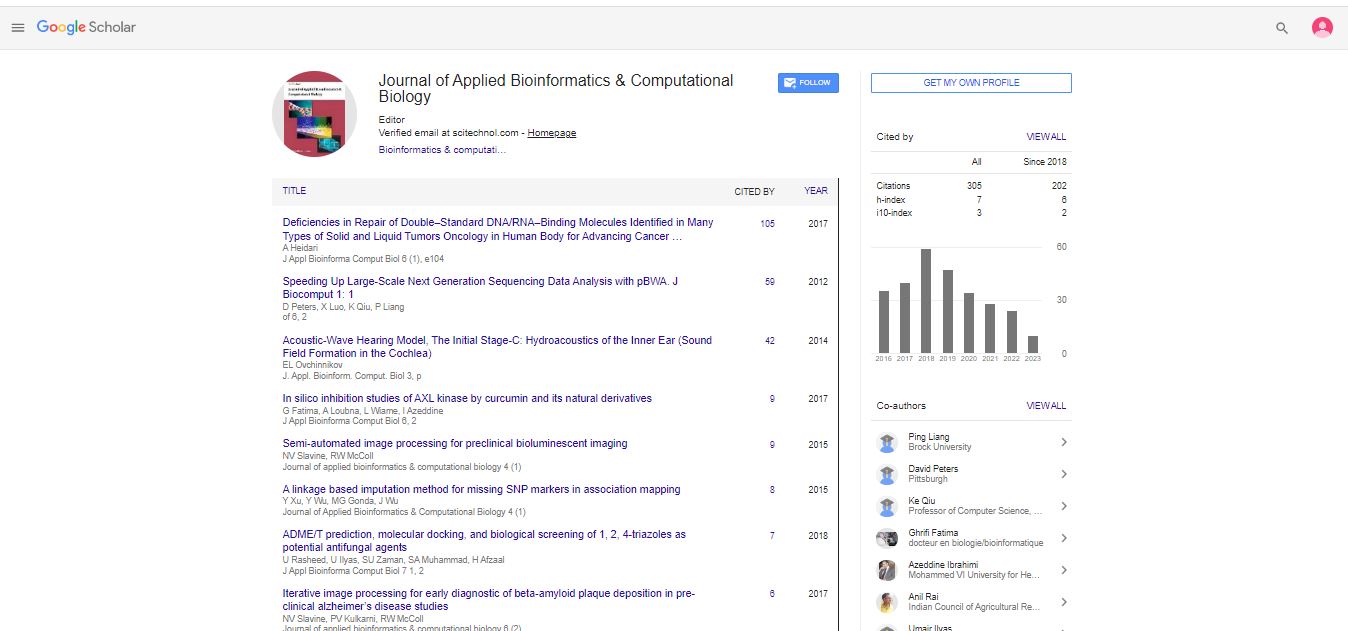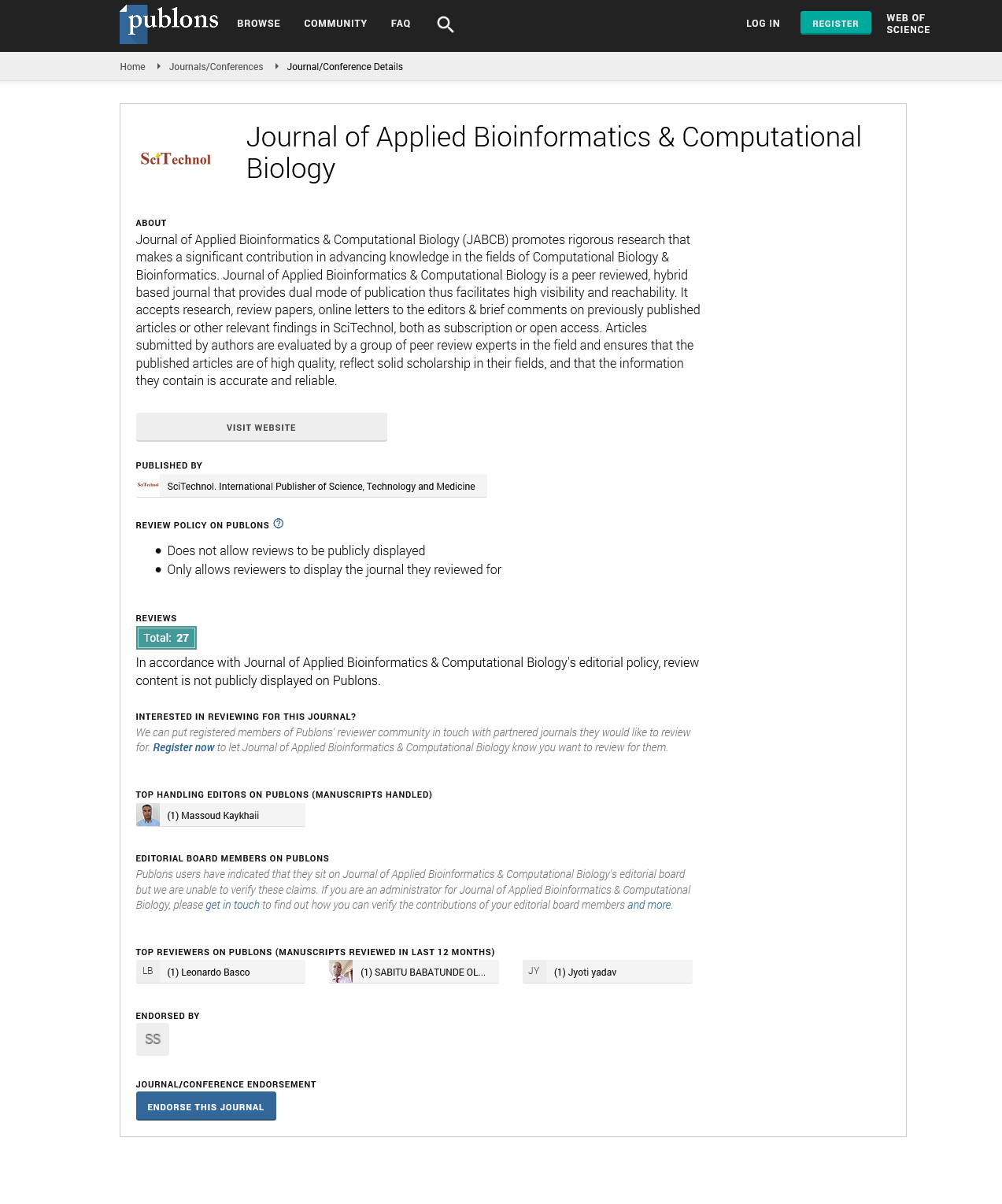Cow antibodies: Unusual biology and new opportunities
Vaughn Smider
Scripps Research Institute, USA
: J Appl Bioinforma Comput Biol
Abstract
Typical mouse or human antibodies have CDR H3 loop lengths of 10-15 amino acids, which often form a flat binding surface for contact with antigen. In contrast, cows can form CDR H3 regions of over 70 amino acids, which form novel ‘stalk’ and ‘knob’ domains that protrude far from the antibody surface. These antibodies utilize an unusual diversity generating system that alters cysteine positions and disulfide bonding patterns in the knob. The functional importance of this antibody system is illustrated by recent experiments showing that cows, unlike other species, can make a broad and potent neutralizing antibody response to spike antigens of HIV.
Biography
Vaughn Smider received his MD and PhD degrees from Stanford University School of Medicine. He is currently on the faculty of the Scripps Research Institute in the Cell and Molecular Biology Department and is also the Chief Scientific Officer of Sevion Therapeutics. His research focuses on both basic biology and applied technology in the antibody field, including antibody genetics, structure, engineering, and development.
E-mail: vvsmider@scripps.edu
 Spanish
Spanish  Chinese
Chinese  Russian
Russian  German
German  French
French  Japanese
Japanese  Portuguese
Portuguese  Hindi
Hindi 
